Letter From Chernobyl
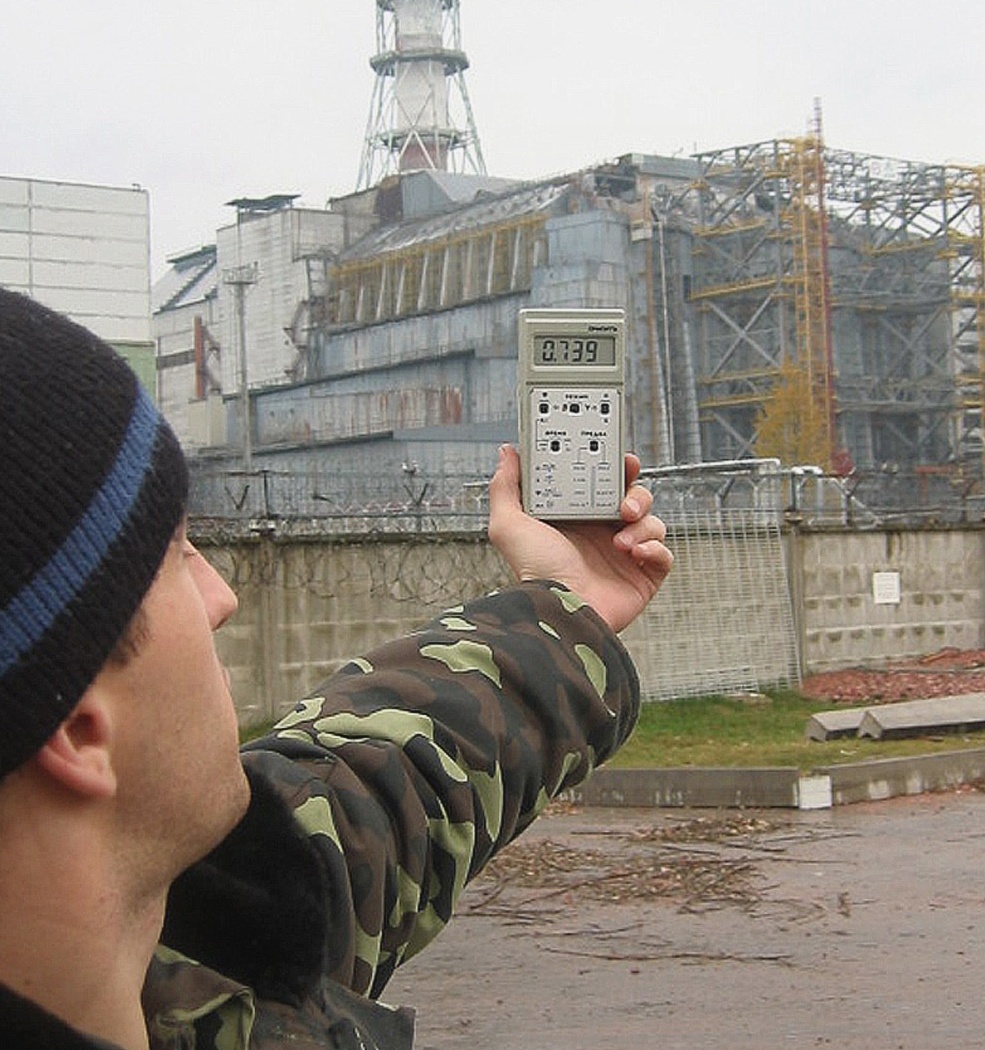
February 25, 2022
THE SITUATION in Ukraine brings me back to my visits to the capital city, Kiev, some years ago, when my airline was still flying there.
Kiev really surprised me. It was green, hilly, with parks and museums and onion-dome churches. Nothing of the bleak, Soviet-looking city I expected. Our layover hotel was the Premier Palace, an expensive place done up in chandeliers and marble. It was the kind of hotel in which you always felt underdressed. But it had an edge to it — that unmistakable vibe of post-Soviet decadence. There was a strip club on the sixth floor.
Of the various day trips available in and around Kiev, none was more extraordinary than the chance to tour Chernobyl, only two hours away by car.
In April of 1986, reactor four at the Chernobyl nuclear power plant exploded, sending plumes of radiation across Europe in what is still, by far, history’s worst nuclear accident. Prevailing winds saved Kiev from disaster, carrying the fallout in the opposite direction, north into Belarus. From there it diffused across northern Europe.
To this day, a 30-kilometer “Exclusion Zone” surrounds the site, accessible only to researchers, temporary workers, and a small number of villagers — most of them senior citizens — that the Ukrainian government allows to live there. And, believe it or not, to tourists.
I took one of those tours in October of 2007. At the time of my visit, a full-day Chernobyl excursion cost about $250. It included transportation to and from the site, plus all the admission formalities — and a radiation scan on your way out. The photographs below are from that day.
A guide accompanied us the entire time, but we were more or less free to wander as we pleased. We had the site almost entirely to ourselves, walking through apartment blocks, kindergarten classrooms, a high school, a hotel.
I have not captioned the pictures. They more or less speak for themselves. Most of them were taken in Pripyat, the abandoned city inside the Exclusion Zone that was once home to 50,000 people. The entire population of Pripyat was forced to flee, leaving everything behind. It exists as a sort of Soviet time capsule, a bustling city left in suspended animation, complete with hammers, sickles, and no shortage of radioactive detritus that was once the stuff of regular, everyday lives: kids’ toys, a ferris wheel, a classroom chalkboard. It’s these everyday items that leave the most lasting impression — a perversion of normalcy that drives home the magnitude of the tragedy.
When the reactor blew, Soviet helicopters dumped sand and clay over the exposed core, and later the building was encased in thousands of tons of concrete — a structure that become known as “the sarcophagus.” In the photo above, our guide aims his dosimeter at the sarcophagus. The reading you see on the machine is about sixty times normal background radiation. We were allowed to remain here only for about ten minutes.
I should note that reactor four no longer looks like this. In 2016, authorities completed the installation of a mammoth protective dome, concealing the remains within a 25,000-ton shell, made of steel, that looks like a cross between a football stadium and an airship hangar. What you see today is a much more sterile, less jarring aesthetic.
ALL PHOTOGRAPHS BY PATRICK SMITH

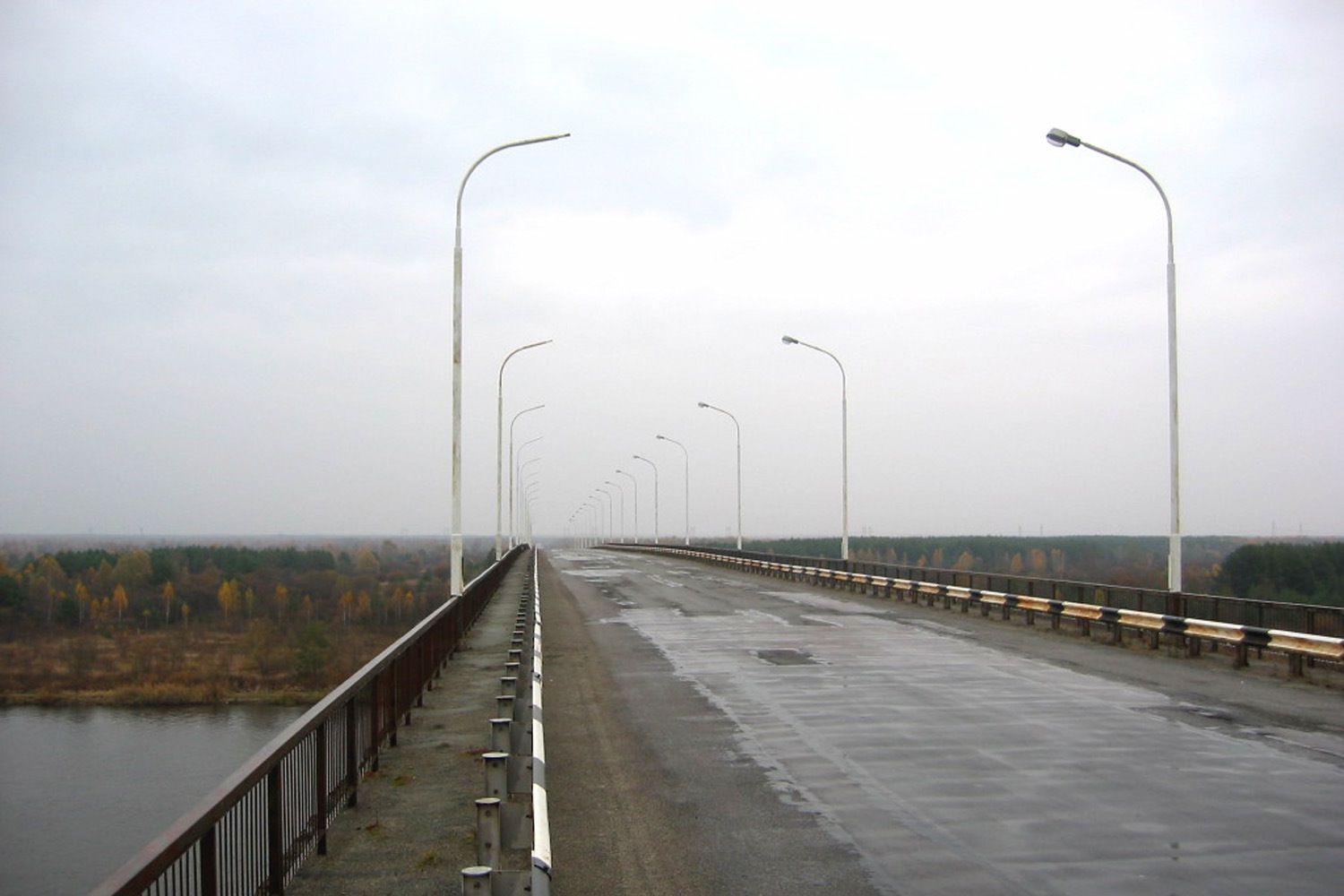


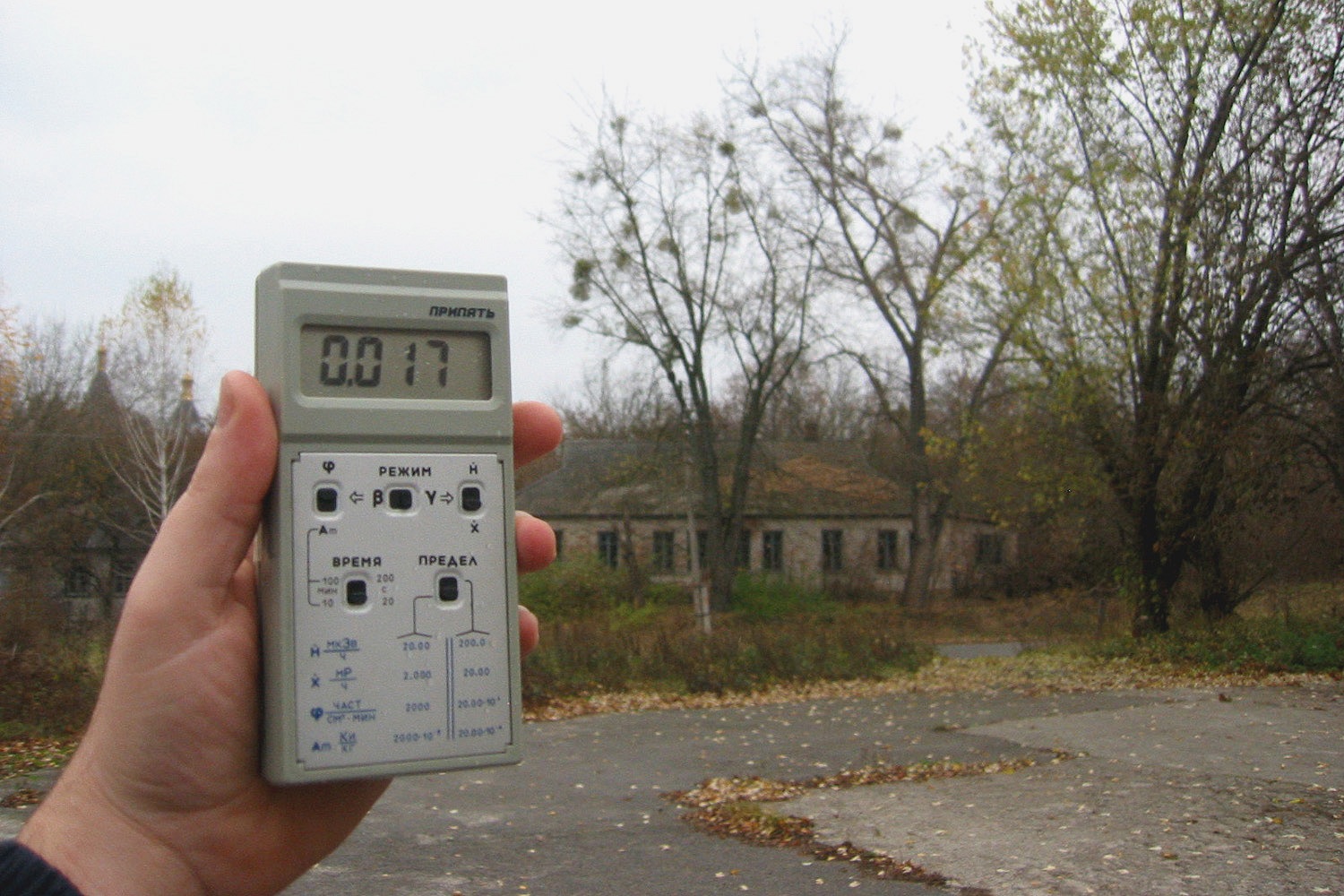
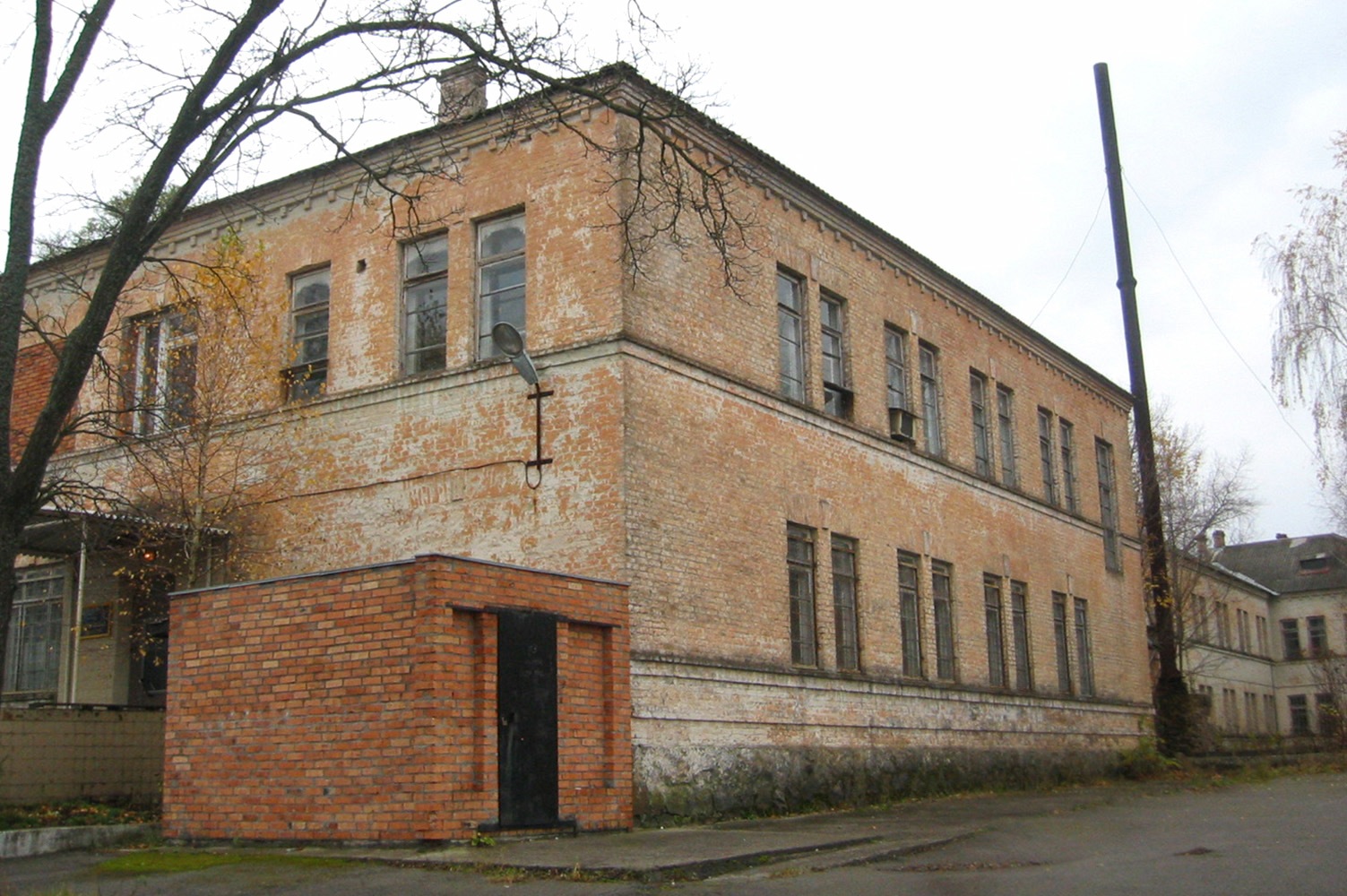



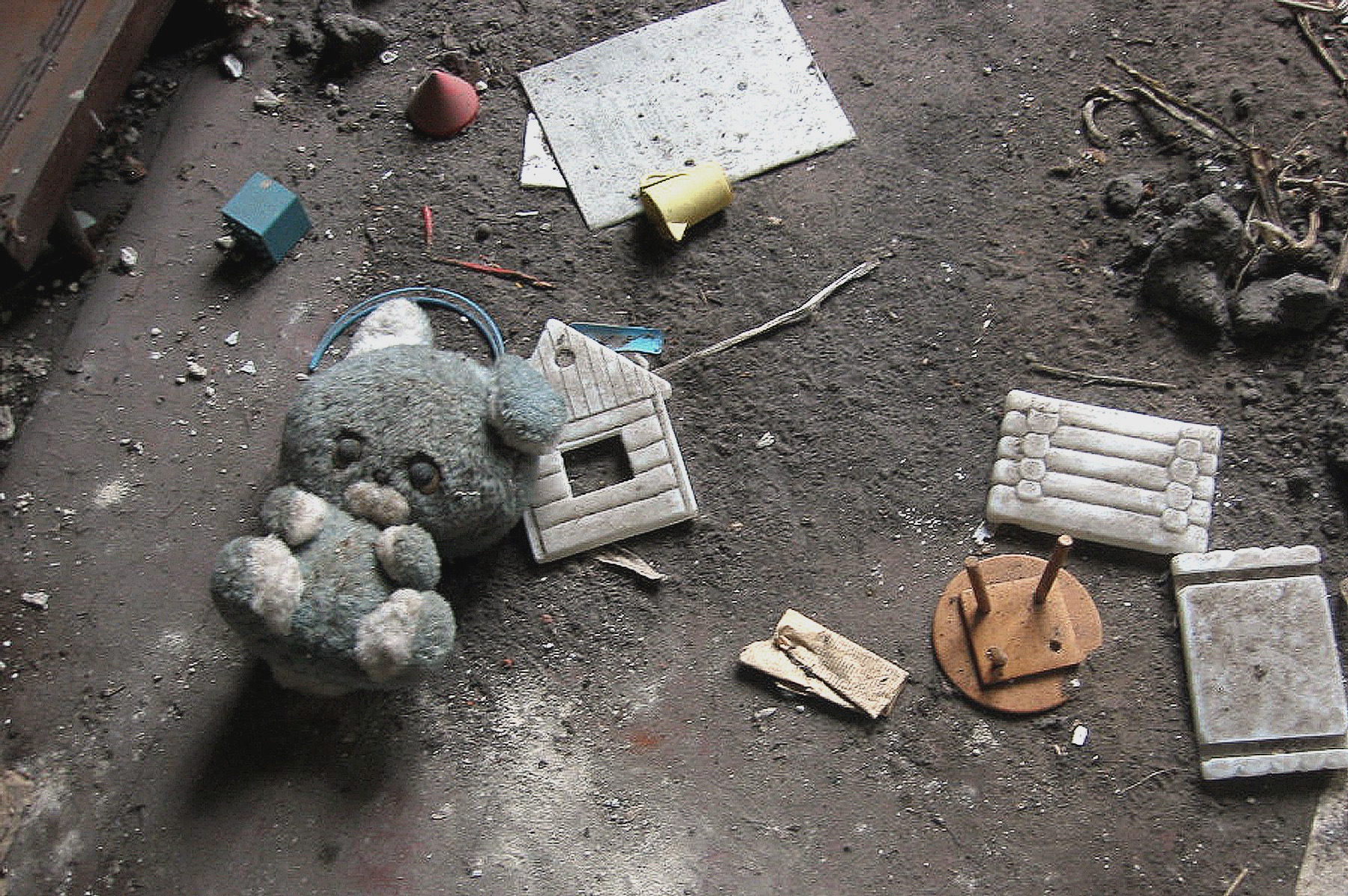


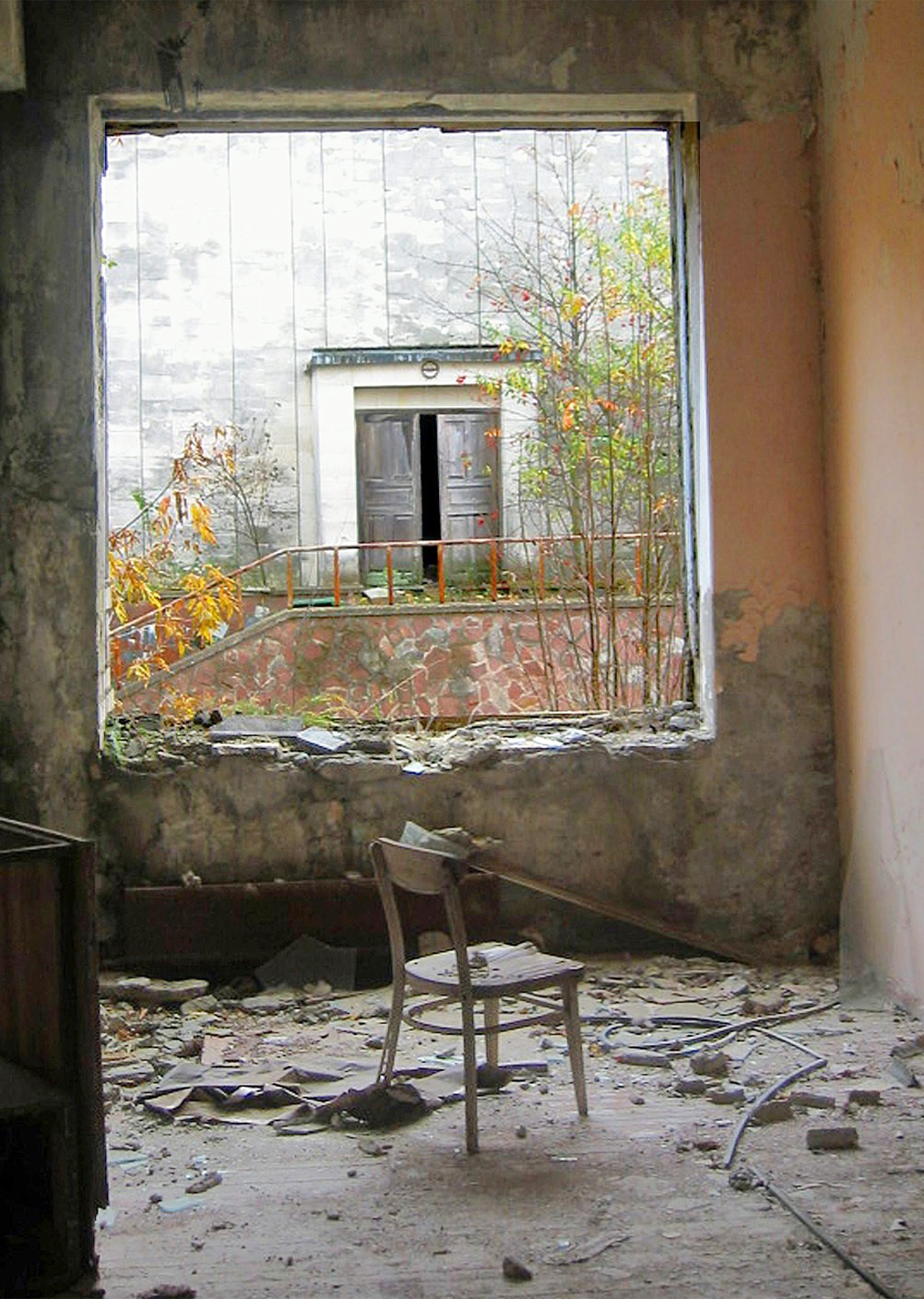
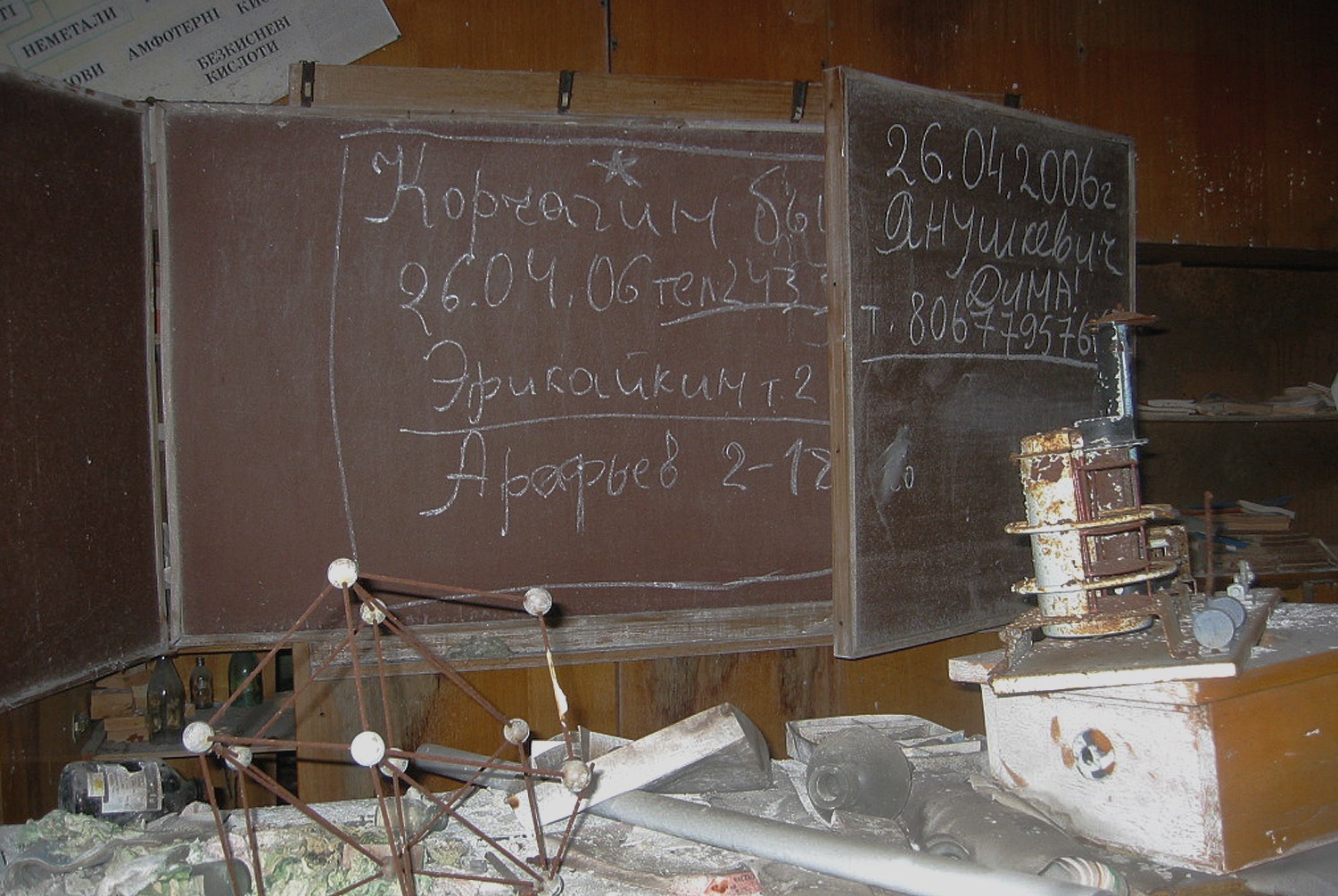

The items below are souvenirs, I guess you’d have to call them, scavenged from Pripyat. Among them are a 1984 copy of Pravda, the Soviet state newspaper; some vintage postage stamps, and what appears to be a school report card, found inside the Pripyat high school. Perhaps some Ukrainian speakers out there can help translate some of this. I’d love to know more about the report card — names, dates, anything.
The bottom shot is from a roll of exposed film, found on the floor near the high school gymnasium.
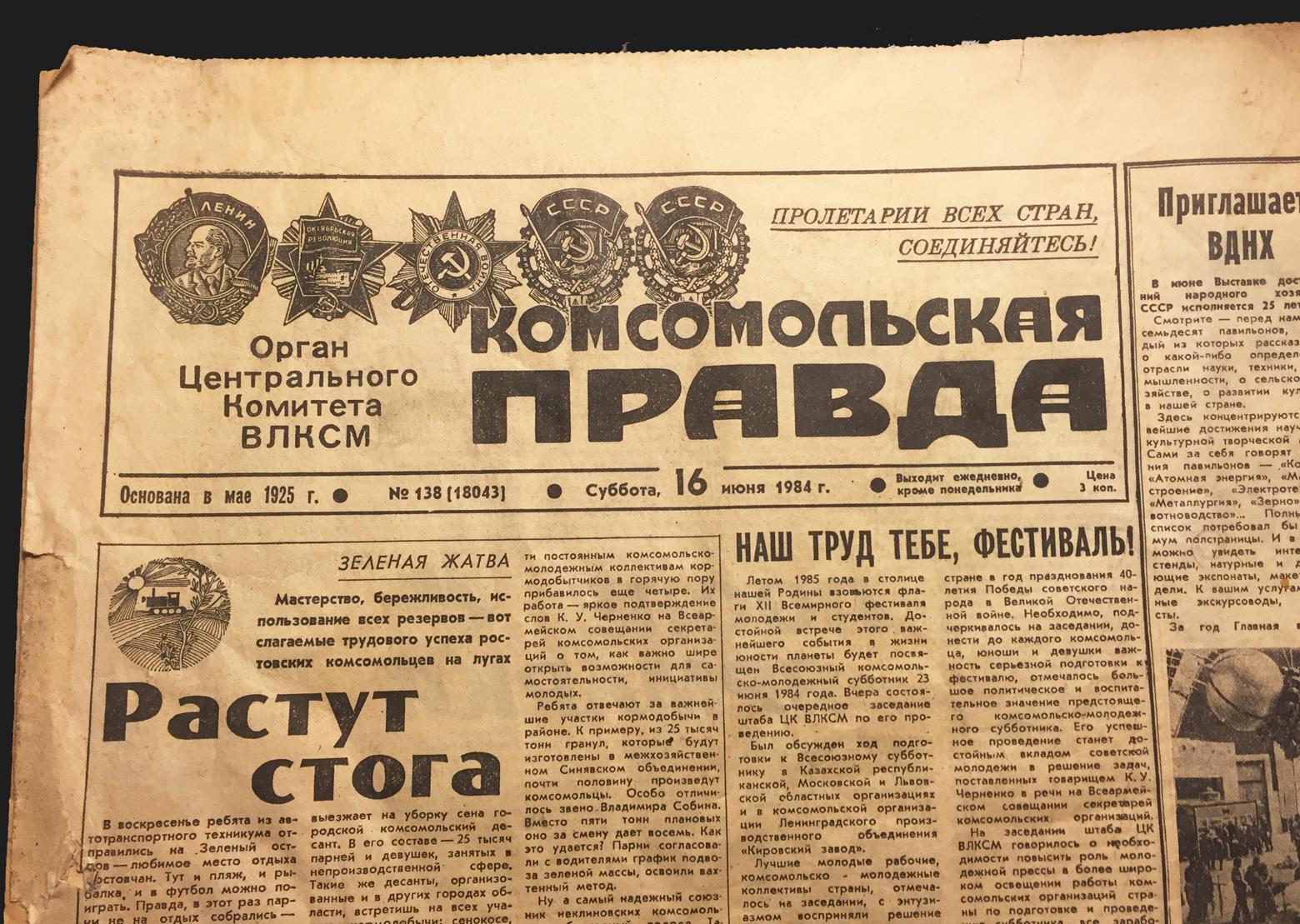



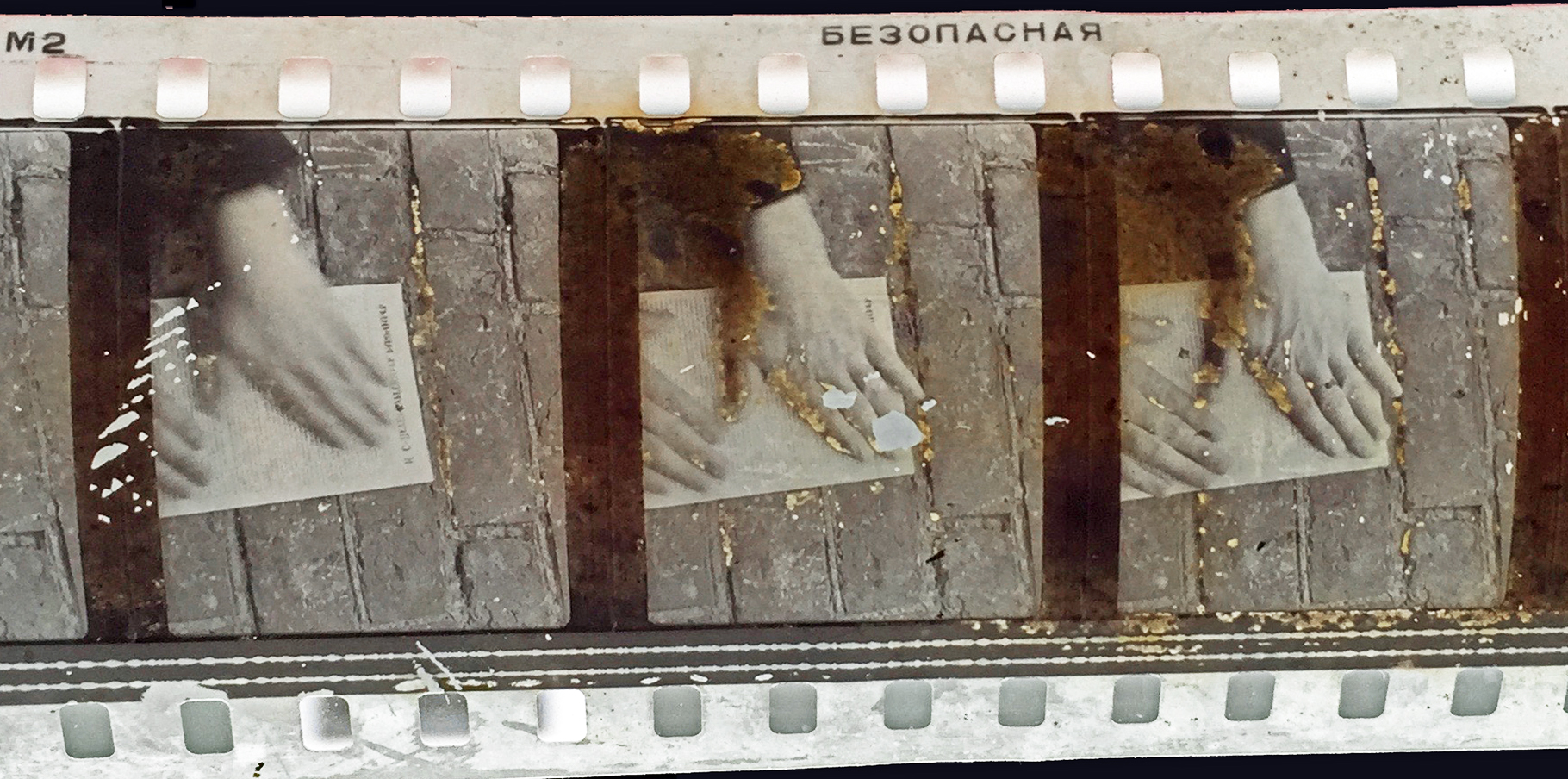
Hopefully these items haven’t turned my apartment radioactive.
Two decades before my trip to Chernobyl, I’d been to the Soviet Union, visiting both Moscow and Leningrad (as St. Petersburg was known at the time). This was March of 1986, about a month before the reactor accident. Among the highlights of that trip were my flights aboard Aeroflot. I got to ride a Tupolev Tu-154 from Moscow to Leningrad, and then a Tu-134 from Leningrad to Helsinki.
Apple juice. I remember the Aeroflot flight attendants serving plastic cups of apple juice.
It dawns on me, too, that my travel habits are at times decidedly macabre. In addition to my trip to Chernobyl, I’ve been to the Auschwitz-Birkenau complex in Poland, and to the various Killing Fields sites around Phnom Penh, in Cambodia. Some people make a hobby of such trips. They call it “disaster tourism,” or some such. Everyone has their own motives, but I like to believe there can be a deeper purpose to these visits than morbid thrill-seeking.




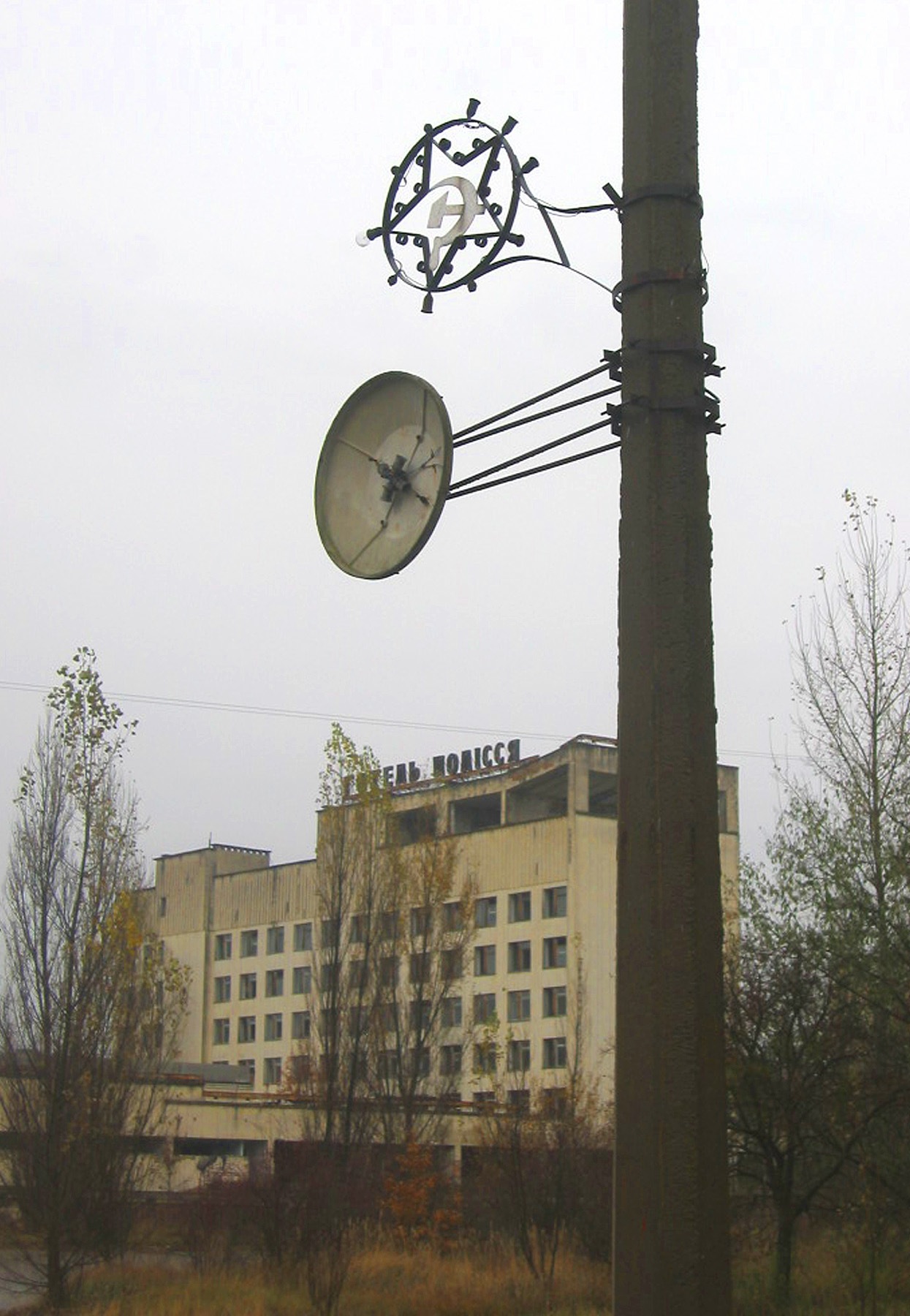

Leave a Comment
Maximum 1500 characters. Watch your spelling and grammar. Poorly written posts will be deleted!
24 Responses to “Letter From Chernobyl”
You are viewing newest comments first. Click to reverse order
I have a few years worth of documents like the red folded one you have, dating as early as 1969, honestly not sure what it is or where it came from but I’m SO invested in this right now
I visited Ukraine in 1997 when Kiev was much more Soviet than it is now. I didn’t even spend the night since my destination was in the south of the country eventually ending up in Crimea. I’ve seen pictures of Kiev and Ukraine now and it’s like an entirely different world than it was when Ukraine was just a 5 year old country. If it weren’t for the war the photos would encourage me to visit again but I think now it will be a decade or more before it would be safe to return and I imagine I’ve seen my last views of Crimea sadly.
I can see why this haunted place would be a popular tourist destination. Pictures from there show us what late Soviet-era lifestyle was like and it appears that Pripyat was well comparable to blue-collar middle-class America in some ways.
Of course we know of ways it was not. No need to go there but the people living there clearly were not in abject poverty. They clearly had a quality of life that achieved industrial standards.
Pat’s pictures capture a number of details that I hadn’t seen before. Spreads on Chernobyl tend to use the same pictures over and over again (like the bumper cars at the amusement park). That report card is a real find. I can’t read it (I’ll get a Ukranian friend to next time I see him) but clearly the student in question was doing quite well. You have to wonder what became of him/her.
Serhii Plokhy’s (relatively) recent book on Chernobyl is (according to knowledgeable reviewers) the definitive book to date on this event. By his analysis, sadly Pripyat was not evacuated within hours, but (IIRC) the event happened/started on a Friday (April 25 at around 0100 hrs) when a routine safety test was initiated), and the May Day celebrations went ahead in town that weekend. Yes, the evacuation was ordered 36 hours after the explosion (ca. 1:30 am on the 26th – a Saturday), but as Plokhy’s book documents, that was after a lot of denial from the management team at the plant (along with leadership at the Ukrainian and Moscow levels). That delay led to some pretty serious radiation exposures and downstream health effects felt to this day.
But otherwise, boom, what a trip that must have been. Martin Cruz Smith wrote a good book (Wolves Eat Dogs) for his Arkady Renko franchise set in post-explosion Chernobyl.
You really lucked out at finishing up your Soviet Union travels a mere month before the Chernobyl disaster happened. Can’t help but also feel prophetic about your quote of: “Finnair’s DC-10s, used between New York and Helsinki, featured an absurdly tight, ten-abreast economy section.”
How can it be okay to take “souvenirs” from this place? If everyone takes a few souvenirs home with them, after a period of time there’s nothing left other than empty shells of buildings, etc.
Isn’t part of the charm of this location that it is a time capsule, complete with all the little things of everyday life? If those little things are slowly carried off, one tour group at a time, it loses that mystique of being a snapshot in time.
Was it actually encouraged to take these items home with you?
I see my old post here. I’ve actually come to see things differently after reading James Lovelock’s “Revenge of Gaia”. SGCollins is a nice guy and extremely bright and I respect his work. But I think Lovelock has the stronger argument.
Lovelock — a bigtime contrarian (consider Gaia) — sure knows his science. He started working with radioactivity practically on Day One (he’ll turn 100 next month). Whenever he needed money, he popped over the Atlantic to NASA and designed some component of a space vehicle for them. He’s that sort of guy.
Lovelock says Yeah, Chernobyl was awful, 75 people were killed by the radiation in the process of plugging the leak. To this day there are a couple of hot patches of ground that need dealing with.
But otherwise the place is bursting with luxuriant life of every description. Why? Because of the Absence of Humans and their Pets. Even wild horses have returned to the exclusion zone.
Lovelock says he would happily take the waste from one of the UK’s nuclear power plants and bury it (properly encased) in his back yard in southwestern England, using it to heat his house.
He attributes fear of nuclear power to the way WWII ended, but points out that those who survived the actual explosion in Hiroshima and direct exposure to radiation (which killed the firemen in Chernobyl) were not as badly affected as people imagine. He says that in subsequent decades Hiroshima had a cancer rate about 7% above the national average.
Something to think about.
I like Lovelock’s “gaia” hypothesis but he couldn’t be more wrong about the human consequences of the Chernobyl explosion.
It’s astonishing that anyone would blindly accept Soviet era assurances (downplaying the number of victims).
I recommend
Chernobyl: Consequences of the catastrophe 25 years later
by Janette D. Sherman, M.D., and Alexey V. Yablokov, Ph.D
which claims far more casualties, based on reviews of medical literature in the local languages.
There is also evidence that the forests and wildlife in the exclusion zone are suffering genetic damage.
As for Hiroshima, most of the radioactivity stayed in the air (it wasn’t a ground based explosion), a typhoon washed the area shortly after the attack and many who would have otherwise died from delayed radioactivity impacts succumbed to burns and other injuries.
Mark R.: “It’s astonishing that anyone would blindly accept Soviet era assurances.”
Yes, that would indeed be shockingly naive. However, Lovelock is basing himself on not one but Two studies carried out by the World Health Organization, respectively 14 and 19 years after the event — 75 deaths. Yes, the same reports predict numerous other deaths, but as Lovelock points out, this would be appalling if they were all the next week – but they ain’t. Far more will die, say, a week earlier than actuarily expected. “Using the same calculations, the exposure of all those living in Northern Europe to Chernobyl’s radiation on average reduces their lifespan by one to three hours. For comparison, a life-long smoker will lose seven years of life.”
A Hiroshima typhoon would have precipitated the dust to the ground, making matters worse. Or not? And yes, undealt-with hotspots persist in Chernobyl.
Anyway, in 1956 Lovelock was doing research in London one day with a Geiger counter. Incredibly high readings. Thing busted? No, everybody in lab getting similar readings. Only 20 years later was the Windscale fire revealed – a military reactor in northern England had caught fire and released a cloud of radioactive debris into a strong southbound wind that contaminated most of England. But under the Official Secrets Act the government bottled up all news. Yet no trace in NHS records of consequences over ensuing period. Of course, things were different for plant staff and the firemen on scene.
It is hard to believe that it wasn’t even 100 years ago! Thanks for sharing!!
Those nightmarish images give me chills.
On a happier note I’m pleased to see that Oprah made the paper!
Hahahaha- Nice catch.
Very interesting Chernobyl visit. Thanks for sharing it. One the saddest photographs I’ve ever seen, was that taken out of the rear window of a bus as people were being evacuated from the Exclusion Zone.
The dogs must have known that their owners were abandoning them because they were running as fast as they could, barking. Their canine faces are forever etched into my mind. I don’t believe all pets were forced to be abandoned.
The cavalier attitude toward nuclear safety within theSoviet gov’t has always seemed to me outrageous to the point of criminal. As is their keeping the accident secret from countries downwind for two days.
I am sure Chernobyl figured in the implosion of the USSR.
Thanks again for sharing you interesting trip. -cb
The exposed film is motion picture film, with the optically recorded sound track on the bottom edge.
Readers might like to consider “Wolves Eat Dogs” – excellent thriller by Martin Cruz Smith (of “Gorky Park” fame) in which his quirky Moscow detective, Arkady Renko, seeks to solve the inexplicable suicide of a Putin-era billionaire. Chernobyl is the star performer.
The radiation cloud moved up to Sweden, then on down across much of Scotland and Northern England and Wales. For years after, the much prized Welsh lamb could not be sold in UK/EU because of the contamination of the grass-lands. Contrary to expectations, the sheep-droppings fed the radiation back into the hills – the embargo took far longer then expected to be lifted. What happened to all that radioactive lamb? Maybe ask Martin Cruz Smith.
When nuclear power was starting to be promoted. Their favorite selling points and slogan were:
“Clean – Safe – Too Cheap to Meter”
It was really catchy.
Funny how they don’t use that slogan anymore.
How about this one to replace it:
“Clean (never mind the disposal dump) – “Safe” (never mind Fukushima and the 10,000 year half-life) – “Too chea…” (we were only kidding – that was just locker room talk)
It doesn’t roll off the tongue like the old slogan, does it?
Yes, ghostly indeed. Like the Mary Celeste. And it happened in an extremely interesting period of Soviet history, with Gorbachev in charge and Mathias Rust landing his Cessna on freaking Red Square and whatnot.
As for the root question — nuclear power stations — my take is the same as sgcollins: https://www.youtube.com/watch?v=KOBEloymLQA&t=339s
Thanks for introducing me to sgcollins.
He’s very interesting.
Yes, check his Moon-Hoax-Not video.
Interesting guy. An American living in Amsterdam.
As to the report card, apart from what Gary already said, I will just add that she attended ‘middle school’ n.2 in 1982-1983. Also, the report card is written in Russian, not Ukranian.
Incidentally, she fared slightly better in Russian literature (B-B-A) than in Ukranian literature (B-B-B). Unfortunately, there is no mark for the subject “Foundations of Soviet Institutions and Law”.
This was (supposedly) accidental, from a facility that was designed to be a power generation station. Consider what things would look like if it were the result of the explosion of a nuclear bomb… just one bomb…
I went to Belarus in 2001 and got within 2 miles of the reactor in the Restricted Zone. It was like being in a science fiction movie where everyone vanished. The countryside was beautiful but what happened there was profoundly sad.
I loved Belarus and it’s people. Here is a video I made from that trip:
https://www.youtube.com/watch?v=fZ0zQV-X2o0
It’s a report card for a Nadezhda Aleksandrovna Sonkina for Middle School #2 in Pripyat’. Overall good grades (4s and 5s, meaning Bs and As), but she struggled a bit in “Mathematics (analysis).”
FYI, the newspaper is “Komsomolskaya Pravda” as opposed to “Pravda”. The latter was the official newspaper of the Communist party of the Soviet Union, while the pictured newspaper was the official newspaper of the youth organization of that party.